梯度下降
本文总字数:2593,阅读预计需要:6分钟
梯度讲解
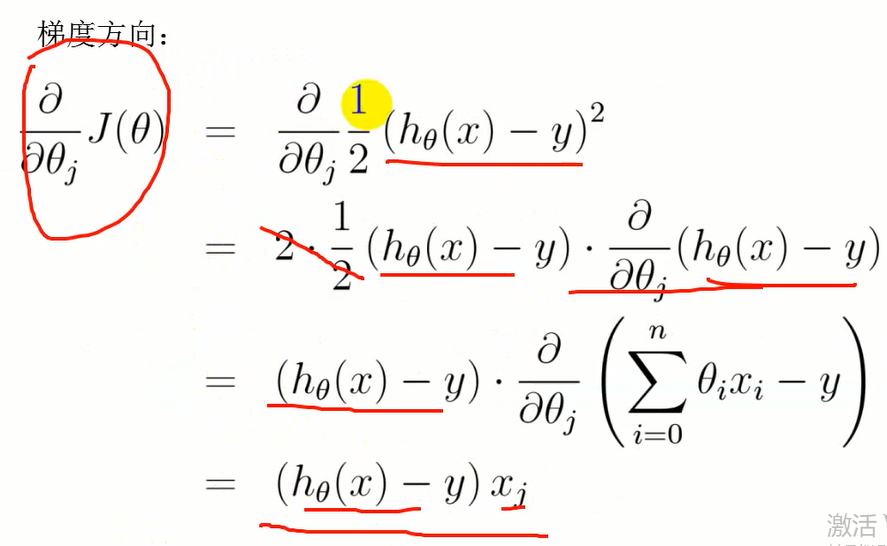
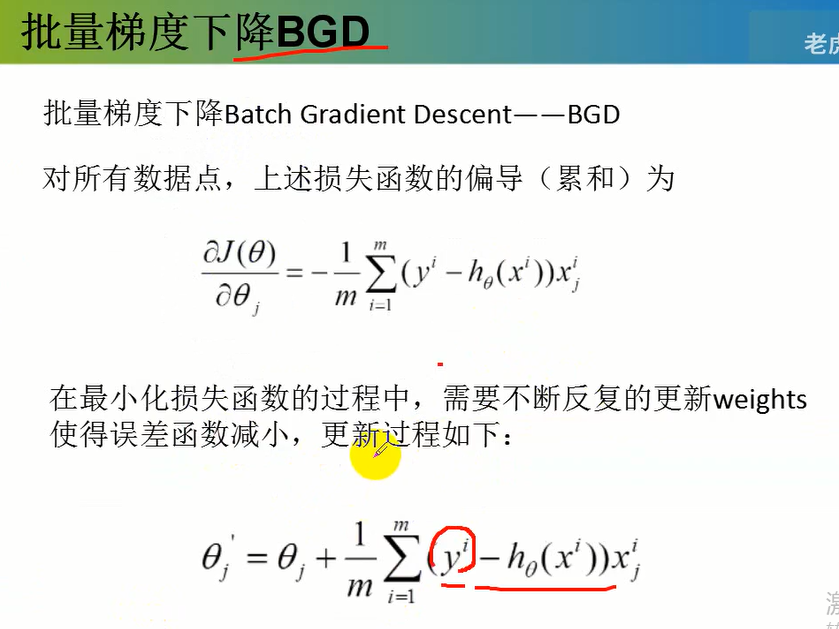
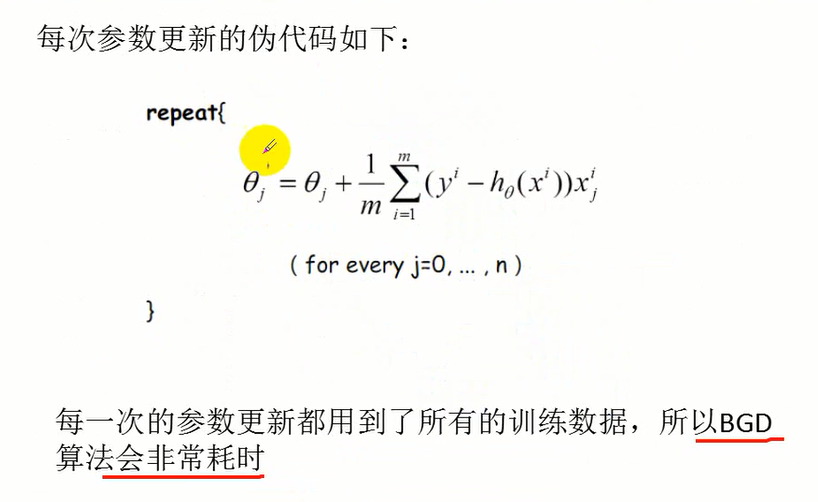
更新过程的公式有问题,修改为:

a代表学习率或者说事步长
举例说明
假设
有样本点(4,20)、(8,50)、(5,30)、(10,70)、(12,60)
求回归函数
求解过程:
将样本点拆分
x=[4, 8, 5, 10, 12]
y = [20, 50, 30, 70, 60]
假设回归函数是线性函数:y = theta0 + theta1*x
x、y已知求theta0、theta1,则可以写成下面的目标函数,求目标函数的最小时的theta0和theta1的值

使用梯度下降法:

迭代得到新的theta0,theta1

将新的theta0,theta1带入目标函数得到新的目标函数值j1,与上一次theta0,theta1带入目标函数得到上一次的目标函数值j0;j1与j0相减小于一个阈值(很小的数)时,可以认为此时新的theta0,theta1就是所求的theta0,theta1。
代码如下:(python)
#y= theta0 + theta1*x
X = [4, 8, 5, 10, 12]
y = [20, 50, 30, 70, 60]
theta0 = theta1 = 0
#学习率 步长
alpha = 0.00001
#迭代次数
cnt = 0
#误差
error0=error1 = 0
#指定阈值用于检查两个误差的差 一遍用来停止迭代
threshold = 0.0000001
while True:
#dif[0]为theta0的梯度, dif[1]为theta1的梯度
dif = [0, 0]
m = len(X)
for i in range(m):
dif[0] += y[i] - (theta0 + theta1*X[i])
dif[1] += (y[i] - (theta0 + theta1*X[i])) * X[i]
pass
theta0 = theta0 + alpha*dif[0]
theta1 = theta1 + alpha*dif[1]
#计算误差
for i in range(m):
error1 += (y[i] - (theta0 + theta1*X[i]))**2
pass
error1 /= m
if abs(error1 - error0) <= threshold:
break
else:
error0 = error1
pass
cnt += 1
pass
print(theta0, theta1, cnt)
def predicty(theta0, theta1, x_test):
return theta0 + theta1*x_test
print(predicty(theta0, theta1, 15))
结果:

练习:编程实现

#y= theta0*x0 + theta1*x1 + theta2*x2
#X = [[1,0,3],[1,1,3],[1,2,3],[1,3,2],[1,4,4]]
X0 = [1,1,1,1,1]
X1 = [0,1,2,3,4]
X2 = [3,3,3,2,4]
y = [95.364, 97.217205, 75.195834, 60.105519, 49.342380]
theta0 = theta1 = theta2 = 0
#学习率 步长
alpha = 0.00001
#迭代次数
cnt = 0
#误差
error0=error1 = 0
#指定阈值用于检查两个误差的差 一遍用来停止迭代
threshold = 0.000000001
while True:
#dif[0]为theta0的梯度, dif[1]为theta1的梯度
dif = [0, 0, 0]
m = len(X)
for i in range(m):
dif[0] += y[i] - (theta0*x0[i] + theta1*X1[i] + theta2*X2[i])*X0[i]
dif[1] += (y[i] - (theta0*x0[i] + theta1*X1[i] + theta2*X2[i]))*X1[i]
dif[2] += (y[i] - (theta0*x0[i] + theta1*X1[i] + theta2*X2[i]))*X2[i]
pass
theta0 = theta0 + alpha*dif[0]
theta1 = theta1 + alpha*dif[1]
theta2 = theta2 + alpha*dif[2]
#计算误差
for i in range(m):
error1 += (y[i] - (theta0 + theta1*X1[i] + theta2*X2[i]))**2
pass
error1 /= m
if abs(error1 - error0) <= threshold:
break
else:
error0 = error1
pass
cnt += 1
pass
print(theta0, theta1, theta2, cnt)
def predicty(theta0, theta1, theta2,x1_test, x2_test):
return theta0 + theta1*x1_test +theta2 * x2_test
print(predicty(theta0, theta1, theta2, 0,3))
结果:


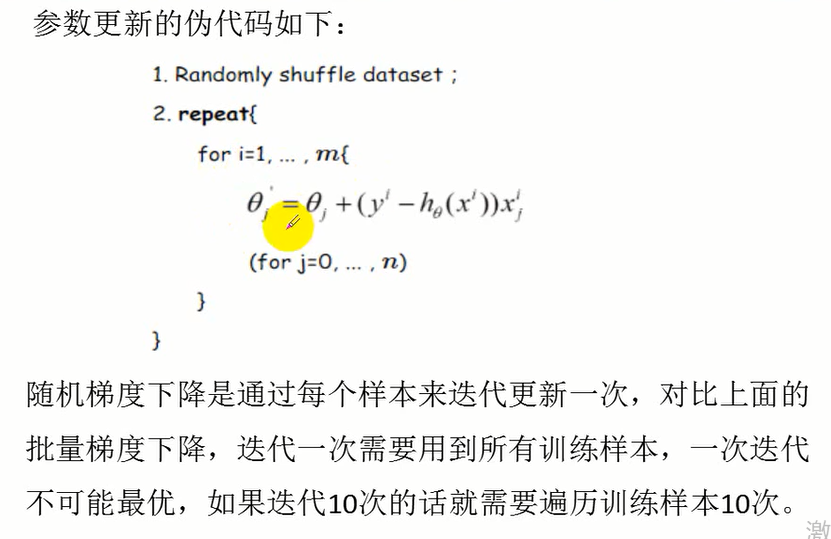



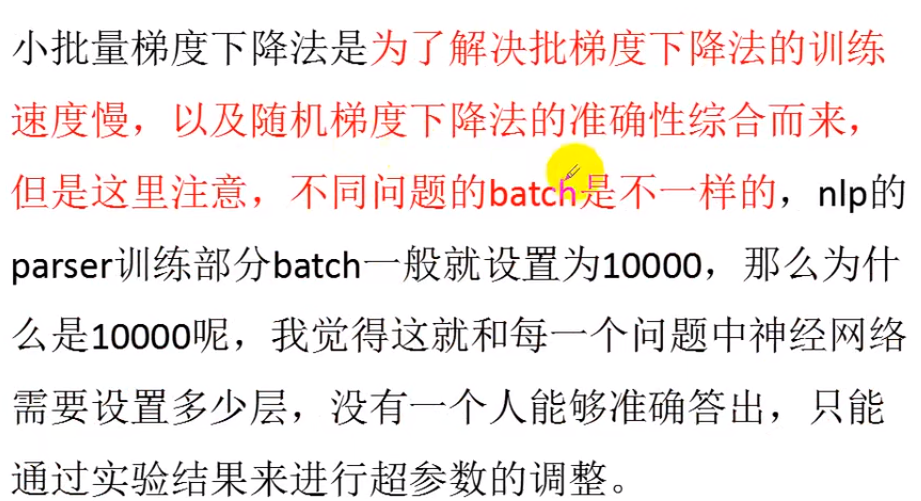
我们向往远方,却忽略了此刻的美丽

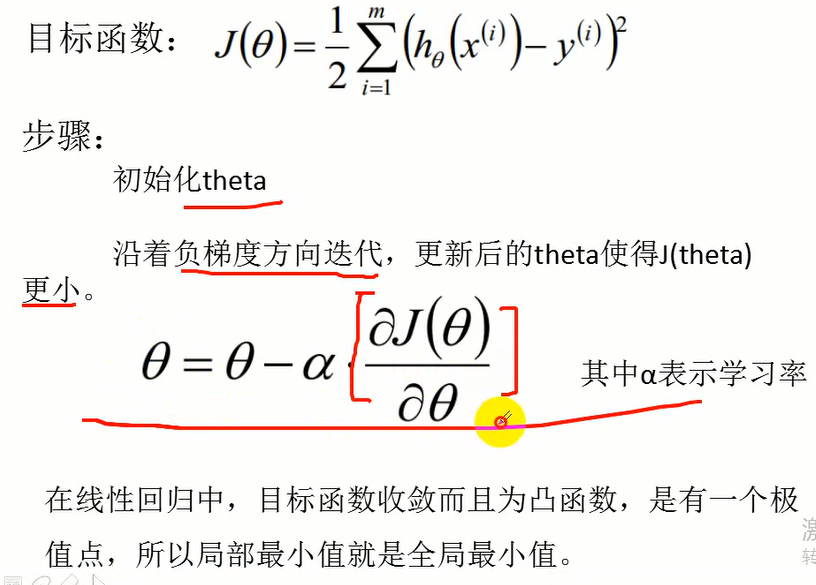



【推荐】国内首个AI IDE,深度理解中文开发场景,立即下载体验Trae
【推荐】编程新体验,更懂你的AI,立即体验豆包MarsCode编程助手
【推荐】抖音旗下AI助手豆包,你的智能百科全书,全免费不限次数
【推荐】轻量又高性能的 SSH 工具 IShell:AI 加持,快人一步
· AI与.NET技术实操系列:基于图像分类模型对图像进行分类
· go语言实现终端里的倒计时
· 如何编写易于单元测试的代码
· 10年+ .NET Coder 心语,封装的思维:从隐藏、稳定开始理解其本质意义
· .NET Core 中如何实现缓存的预热?
· 25岁的心里话
· 闲置电脑爆改个人服务器(超详细) #公网映射 #Vmware虚拟网络编辑器
· 零经验选手,Compose 一天开发一款小游戏!
· 通过 API 将Deepseek响应流式内容输出到前端
· AI Agent开发,如何调用三方的API Function,是通过提示词来发起调用的吗
2020-04-12 (stm32f103学习总结)—ADC模数转换实验
2020-04-12 (stm32f103学习总结)—待机唤醒实验